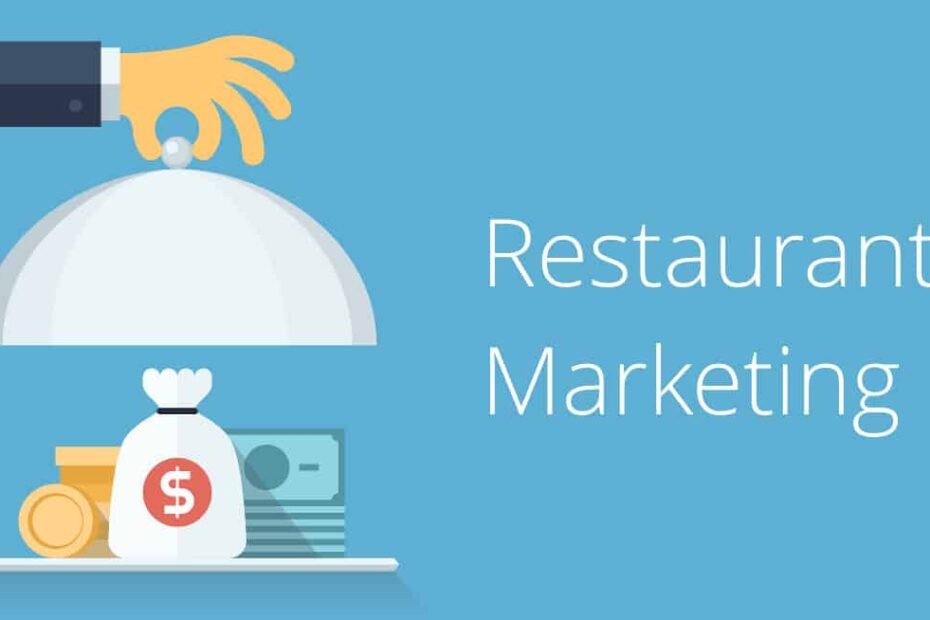Whatever type of restaurant you run, developing and maintaining its reputation is essential. For this,
you need to create a marketing strategy and have many options to market yourself, whether it’s
traditional solutions or digital actions.
Traditional marketing
The so-called “traditional” marketing encompasses the ways of promoting and communicating about
one’s restaurant via channels and tools that have been established for a long time.
You probably already know the main traditional marketing tools and actions:
Stand at a trade fair.
Participation in events
Advertisements in local newspapers, radio, or television
Business cards
Advertising board in front of your restaurant
Promotions, discounts, special offers limited in time
Press Officer
Investment in professional photographs
Flyers
Loyalty card
Digital marketing
While traditional marketing is often opposed to Digital Marketing Strategy for Restaurants, in reality,
the two are very complementary. It is just a substance of using the websites, blogs, social networks, or
even the applications and digital resources at your disposal to promote your restaurant and its offers.
One of the specifics of digital marketing is that it allows you to create and interact with a community of
users, in a much more personal way than traditional advertising, for example.To deploy your
restaurant’s digital marketing strategy, you can, in particular: Digital Marketing Strategy for Restaurants for
Restaurants is as
Send newsletters to your subscribers.
Bring your Facebook page, your Instagram account, or even Twitter to life.
Work on your local SEO to attract customers close to your restaurant.
Advertise Ad Words, Facebook, Instagram, Pinterest
Organize games and contests
Be present on major portals and websites (Trip Advisor, Yelp, etc.)
Create a digital loyalty program
Imagine “buzz” operations to promote your restaurant.
The combination of the two styles of marketing
Should we choose between the traditional approach and a digital strategy? No SEO of Hotel Business: as we’ve seen, the two are complementary and allow you to reach your customers where they are, whether it’s the web or your city. Depending on your budgetary and human resources, the ideal is to be active digitally and in a more traditional way. For example, flyers and business cards can be a great addition to livening up a Face book page or restaurant blog, especially for attracting local customers. In other cases, digital and the traditional approach complement each other naturally: when you offer a paper coupon. Distribute it digitally too! This also works for a radio spot: today, the media also allow mentioning the digital presence of a company (website, Twitter, Facebook). Branding for Hotels is is common today
In terms of advertising, however, well-thought-out ads will cost you less on the Internet (Google
AdWords, Facebook, etc.) than buying advertising space in traditional media. But again, the two are
complementary. Use the web to limit the amount of initial investment and be able to regularly repeat
your marketing operations on different sites and communication channels.
To avoid blind investing and to accurately estimate whether your efforts are paying off, it is important to
calculate the return on investment of your various actions.
